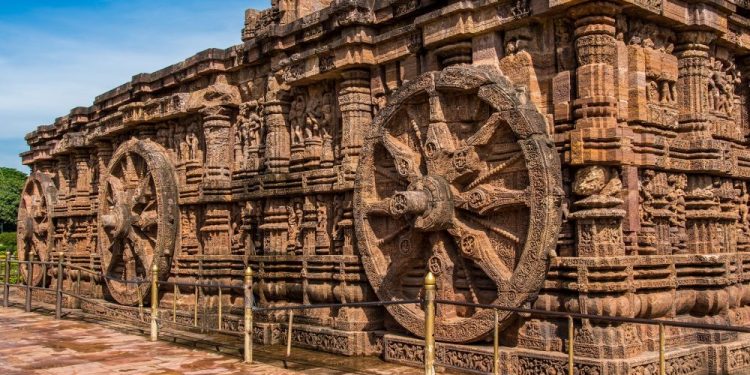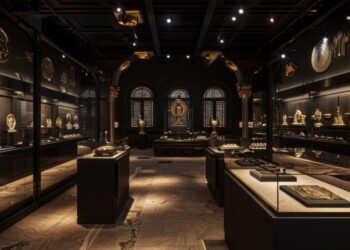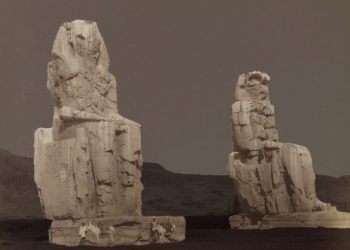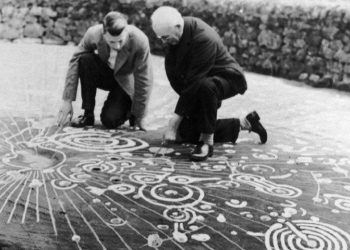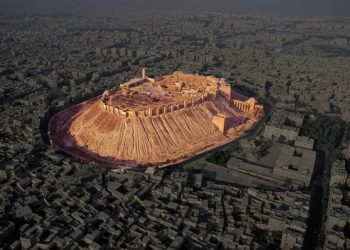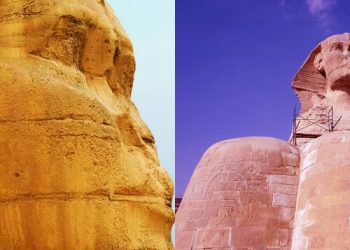There are so many ancient temples built across the world. There are many astounding temples too. It’s nearly impossible to pick out a handful of them. India is home to quite a few. Each of them is unique in their very own way. Each of them has a story to tell. And each ancient temple is home to ancient histories lost to time. But while their exact purpose and origin may be shrouded in myths, each has a story to tell, written in stone.
Astounding Ancient Hindu Temples
Built thousands of years ago, some of these temples defy the understanding and capabilities of ancient civilizations that existed on Earth before history was even written. This makes these temples even more astounding. In this article, we look at three of the most fascinating temples that involved transporting massive blocks of stone across hundreds of kilometers or laser-like cuts that defy our understanding of ancient technology.
But all of them point in one direction: Ancient civilizations –no matter where they were located– managed to build some of the most impressive ancient structures the world has ever seen.
Many ancient temples are like structures out of a Hollywood movie. Some of these temples are so precisely built, carved, and designed without modern tools that it is hard to believe they were built in ancient times.
This “mystery” leads many authors to question whether ancient civilizations had a kind of technology thousands of years ago that has been lost in history.
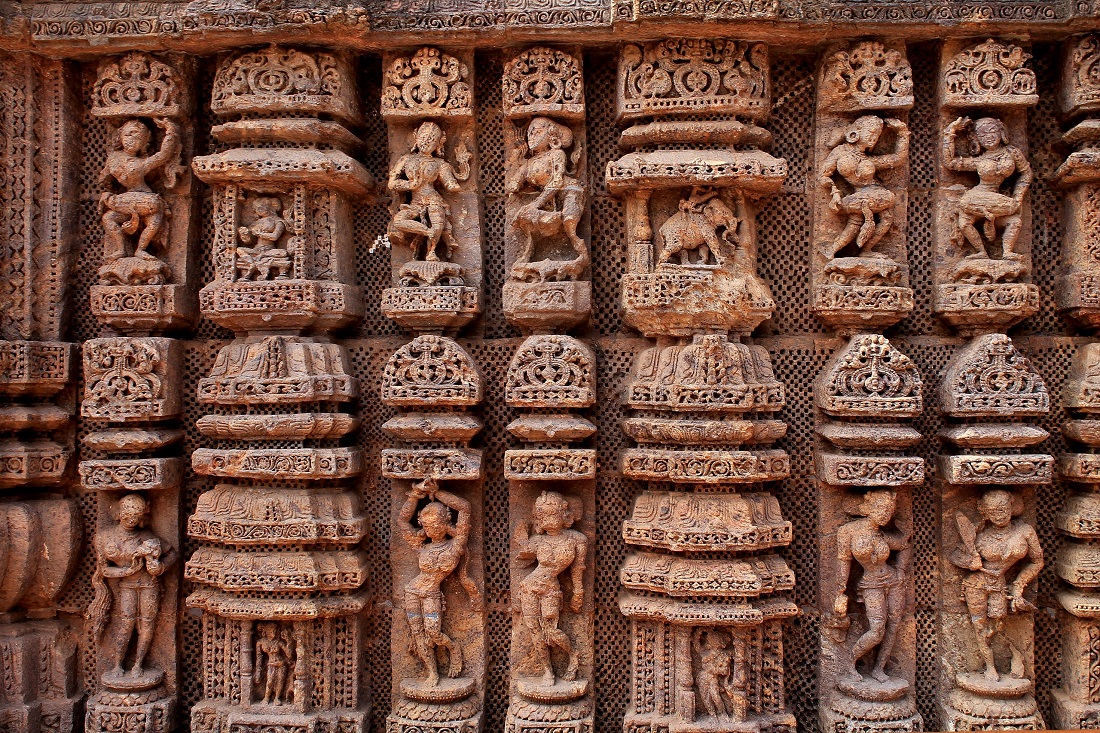
After all, it is beyond impressive knowing that thousands of years ago, cultures across the world managed to transport, without issues, blocks of stone weighing up to one hundred tons. Some of the ancient structures feature intricate details that were made with laser-like precision. Others were carved out of the mountain, which is impressive.
The Kailasa Temple
When thinking about India’s most astounding ancient temples, I cannot leave out Kailasa. One of the most impressive ancient temples in the world is the Kailasanatha temple, or Kailasa Temple, located in Ellora, Maharashtra, India. The temple is best described as one of the most impressive and largest rock-cut temples on the planet’s surface.
This behemoth of a temple was carved thousands of years ago from a solid mountain. It is acknowledged as one of the most remarkable temples in India, mostly because of its architecture, design, and sculptural treatment. Its importance is even greater when you realize that the Kailasa temple is just one of the 34 cave temples and monasteries within the so-called Ellora Caves, a complex set of structures carved into the bedrock.
Although the age of the caves is debated, most scholars agree that the construction of the Kailasa can be traced back to the eighth century, when the Rashtrakuta king Krishna I ruled the land.
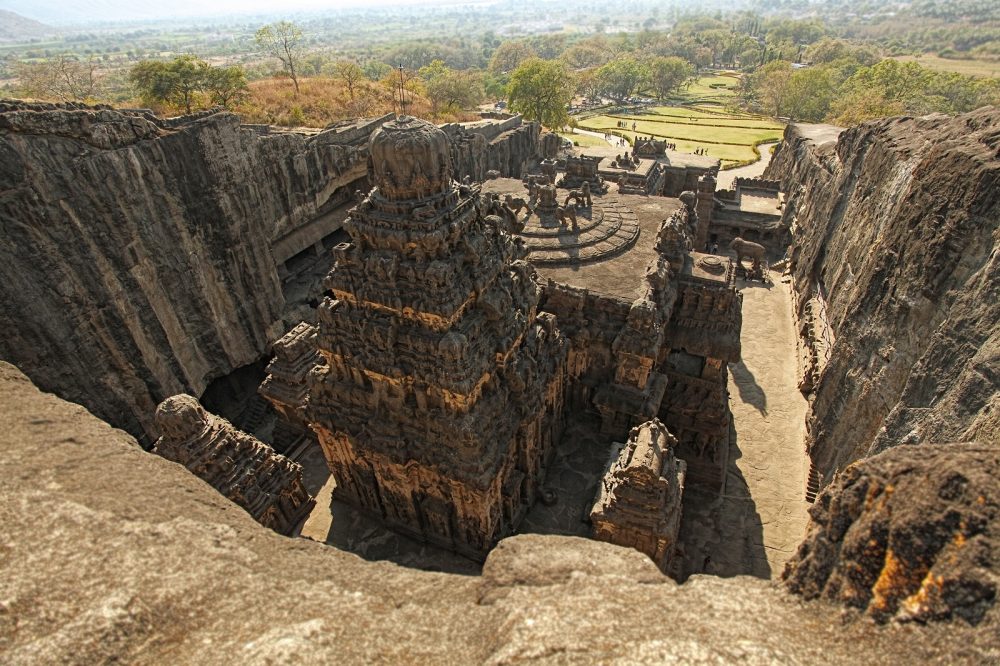
It is noteworthy to mention that experts have recognized traces of both Pallava and Chalukya architectural styles within the Ellora Caves.
Strangely, the Kailasa temple has been found to lack dedicatory inscriptions completely. However, experts like Kannal Deepak argue it was built, without a reason of a doubt, in honor of a Rashtrakuta ruler. Researchers believe the Ellora caves had three important building periods: an early Hindu period (~550 to 600 CE), a Buddhist phase (~600 to 730 CE), and a later Hindu, and Jain, phase (~730 to 950 CE).
Scholars argue that the builders of the Kailasa temple (a remarkable temple) adopted a vertical excavation method to accomplish what they did. They began at the top of the primary boulders and worked their way downwards, forming one of Earth’s most captivating ancient temples. But although experts argue they used a vertical excavation method, how they did it remains a mystery.
What did the builders of the Ellora caves use to excavate the temples, where was all the remaining material, and what kind of tools were used? And what types of technologies were known to them? Archaeologists maintain that the builders of the intricate temples had at their disposal hammers, chisels, and picks, and no more than that.
The Padmanabhaswamy Temple and its Secret Door
Another fascinating ancient temple, and another one dating back to ancient Indian cultures. Located in Thiruvananthapuram, Kerala, India, the Padmanabhaswamy Temple is one of ancient India’s most impressive and richest temples. The facade of the Padmanabhaswamy temple was built in a Dravidian style, and its principal deity Vishnu is enshrined in it.
Its existence is mentioned in several ancient Hindu texts, including the Mahabharata. Considered one of the 108 primary Holy Abodes in Vaishnavism, this temple is glorified in the Divya Prabandha, a collection of 4,000 Tamil verses composed by the 12 Alvars. It was compiled in its present form by Nathamuni during the 9th – 10th centuries.
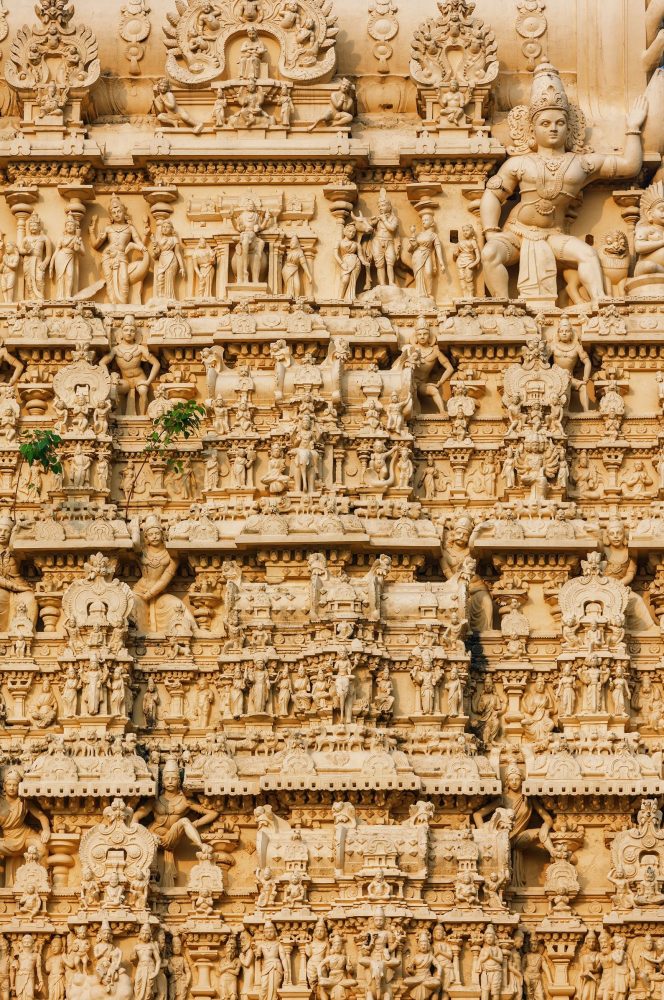
Its name can be traced back to 500 BCE and 300 CE, where it is mentioned in the Sangam Period of Literature. While the temple is wealthy today, it is believed to have been extremely rich thousands of years ago, the reason why one of its names was “The Golden Temple.”
The temple is estimated to possess around 22 Billion worth of gold, jewels, and statues dating back hundreds of years. It was reported in 2011 that the treasure trove of the temples was the largest of its kind in India.
According to reports, eight known vaults within the temples are designated Vaults on the western side: A, B, C, D, E, F, G, and H. The Padmanabhaswamy temple is also home to a mysterious door (vault?) that features no bolts, latches, or visible means of entry. It is believed to have been sealed shut in ancient times via sound waves from a secret chant that has been lost in time. Two massive protective cobras adorn the door.
The Konark Sun Temple
Another wonder of ancient design and architecture, the Konark Sun Temple is truly a wonder of ancient times. This ancient temple was designed as a chariot consisting of 24 such wheels. Each wheel has a diameter of 9 feet, 9 inches, with eight spokes.
Located on the coastline of Odisha in India, this ancient temple is attributed to Narasingha Deva I of the Eastern Ganga Dynasty about 1250 CE. The temple’s name derives from Sasrkin, meaning corner or angle, and sun: Kona, means angle or corner, and Arka, which means Sun.

Erected in honor of the Dungi Sund god Surya, the structure was designed and eventually built in a thirty-meter-high chariot featuring massive horses and wheels carved from stone. It is one of the most remarkable ancient temples.
The ancient temple builders used several stones, among which Chlorite, Laterite, and Khondolite stand out. It is noteworthy that none of these stones came from nearby quarries. The massive stone blocks were somehow transported from their original quarries to the construction site. Once finished, the temple is thought to have stood over sixty-one meters in height.
Like many other ancient structures, this temple is now in ruins, mostly its shikhara tower, which stood over the sanctuary. The exact reason the temple was partially destroyed remains an enigma to experts. Some experts argue that the temple was not damaged but never finished.
Among the many intricate carvings, some of the most famous are the erotic kama and mithuna scenes. However, one of the most incredible design elements of the temple, which by itself is already mind-bending, is a massive stone wheel engraved into the walls of the temple. The temple is still a major pilgrimage site for Hindus.
Have something to add? Visit Curiosmos on Facebook. Join the discussion in our mobile Telegram group.



